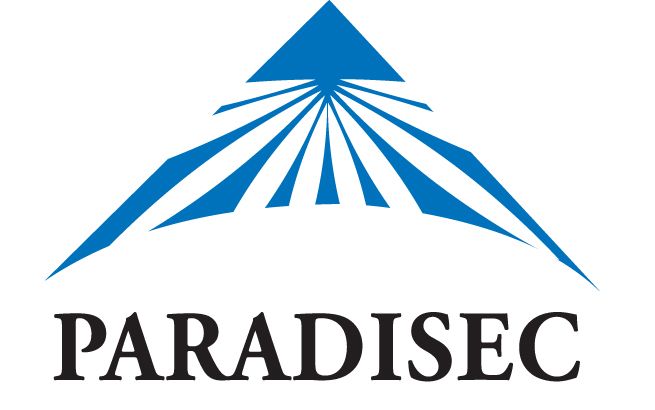Full description
Nam komboŋa ‘the female mussel’ and Oluk komboŋa ‘the male mussel’ are made in a nearly identical way, with only a single move being decisive in whether the resulting figure will turn out as ‘male’ or ‘female’(if the right loop in the ‘loop exchange’ is inserted into the left one, the string figure design will turn into nam komboŋa ‘the female mussel’, and, conversely, if the left loop in the ‘loop exchange’ is inserted into the right one, this will result in oluk komboŋa ‘the male mussel’). The naming of these string figures has nothing to do with the biological sex of freshwater mussels, which are, just like the names of string figures, called ‘male’ and ‘female’ on the basis of their shape, and are associated with male and female genitals (Hoenigman, forthcom.). Freshwater mussels are collected for their shells, which the Awiakay burn to make lime (quicklime) to chew with betelnut. In the all-night song-dance cycle Kaunjambi, komboŋa ‘the shell’ is used as a synonym for lime (Hoenigman 2015: 232). Images: 02: the final design of nam komboŋa ‘female mussel’ 03: left: female mussel, right: male mussel. Hoenigman, Darja. 2015. ‘The talk goes many ways’: Registers of language and modes of performance in Kanjimei, East Sepik Province, Papua New Guinea. Canberra: The Australian National University. (PhD thesis.) Hoenigman, Darja. Forthcoming. Talking about strings: The language of string figure-making in a Sepik society, Papua New Guinea. Language Documentation & Conservation Journal. . Language as given: AwiakayCreated: 2018-08-15
Data time period: 2018 to ,
ISO3166: PG
Subjects
User Contributed Tags
Login to tag this record with meaningful keywords to make it easier to discover
Identifiers
- URI : catalog.paradisec.org.au/repository/DKH01/035_nam_kombonga

- Local : DKH01-035_nam_kombonga
- DOI : 10.26278/QFCN-VJ95



